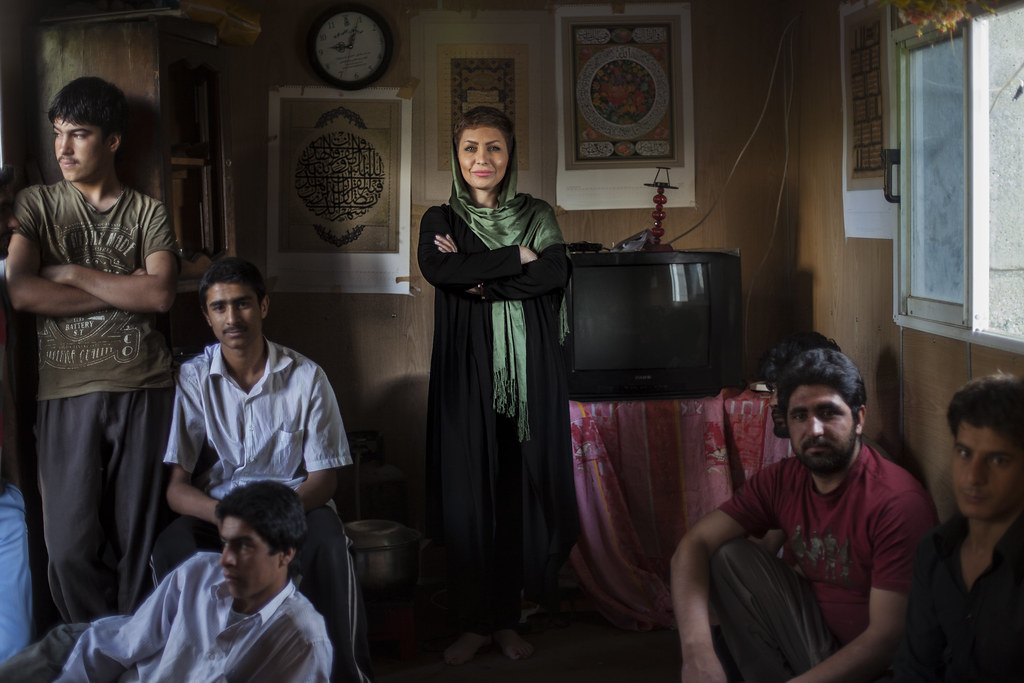Shahidul Alam is a Bangladeshi photojournalist, teacher, and social activist. A TIME “Person of the Year”, he is celebrated for his commitment to using his craft to preserve democracy in his country at all costs. See the project at http://mediastorm.com/clients/2019-icp-infinity-awards-shahidul-alam
Tag: Chobi Mela
There’s Power in Photography: The Undying Resilience of Dhaka’s Chobi Mela Festival
Interview with Shahidul Alam by Daniel Boetker-Smith
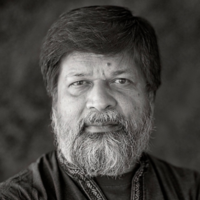
In one of his first major interviews since the events of late last year, Alam talks to Daniel Boetker-Smith about the upcoming festival, the political power of photography, and the state of the medium in Bangladesh, South Asia and beyond.

DBS: Given recent events that we have all followed closely, how has planning for this Festival been different to previous years?
SA: The last few months have meant that this year’s festival is coming back to its roots. Chobi Mela began as a very small event, and over the past 20 years it grew significantly in stature. But this year, we are activating a diverse range of less formal exhibition venues around Dhaka. This shift is one of necessity, because Chobi Mela is not an organization that everyone in Bangladesh wants to work with at the moment—we are seen as dangerous. A lot of previous supporters and sponsors of the festival are businesses in Dhaka, and right now they are being tested. They know that their decisions are being monitored and that there is high level of government surveillance surrounding the event. Because of this, we have had to be more inventive, finding new ways to show work, utilizing different types of exhibition and event spaces for photographers and audiences. Some public venues and government-owned buildings are no longer available to us, and we are choosing to see this as an opportunity to move away from the traditional ‘white cube’ mode of presentation, to a much more raw and community-oriented festival. Continue reading “There’s Power in Photography: The Undying Resilience of Dhaka’s Chobi Mela Festival”
Why I take photographs
Given the recent attempts, by authoritarian forces which I have been critical of, to undermine my credibility, I feel the reasons why I take photographs need to be tabled.
Iranian Maya
She skipped like a little bird as she got to the park. The kids, initially perplexed that an adult would like to join them in the see-saw, soon accepted her as one of them. She then went on the slide and then tottered on the edge of the play ship, and faltered like a scarecrow. She had abandoned her real name Madieheh Mirhabibi and called herself Maya.
She’d wondered why people hated Afghanis, and went off on her own to Afghanistan to find out. Living and working with the Afghans she outgrew here prejudices, and back in Tehran, began working with Afghani refugees. It was soon obvious that they were perfectly at ease with this unusual woman in their midst.
Justice for Shahidul Alam
By Mahfuz Anam: The Daily Star
Who is this man whose arrest has sparked outrage and condemnation from global bodies and media, including Amnesty International, Committee to Protect Journalists (CPJ), PEN International, SAMDEN (South Asia Media Defenders Network) and publications such as the Guardian, The Washington Post and many South Asian media?
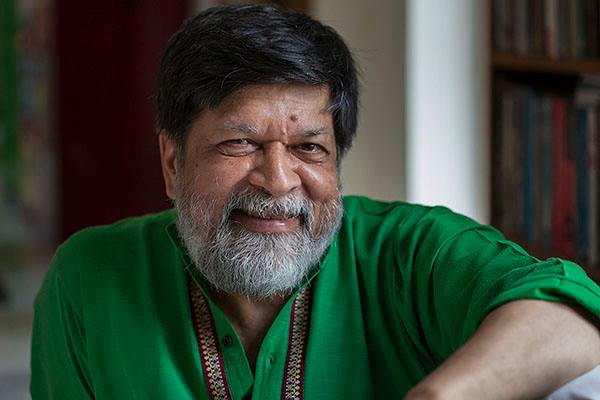
He is one of the most respected photographers in the world. Very few Bangladeshi of his profession has reached his present global stature. His pictures have been published in almost all the global newspapers and magazines in the world. He is among that elite corps of global photographers who is regularly hired by the most renowned global publications to do assignments in various parts of the world. The Guardian (London) while carrying news of his arrest (Aug 6) wrote “his photographs have been published in every major western media outlet, including The New York Times, Time Magazine and National Geographic in a career that has spanned four decades.” Only those in the world of professional photography can really appreciate the honour and prestige of getting published in the media of such renown. Continue reading “Justice for Shahidul Alam”
Shifting the Lens
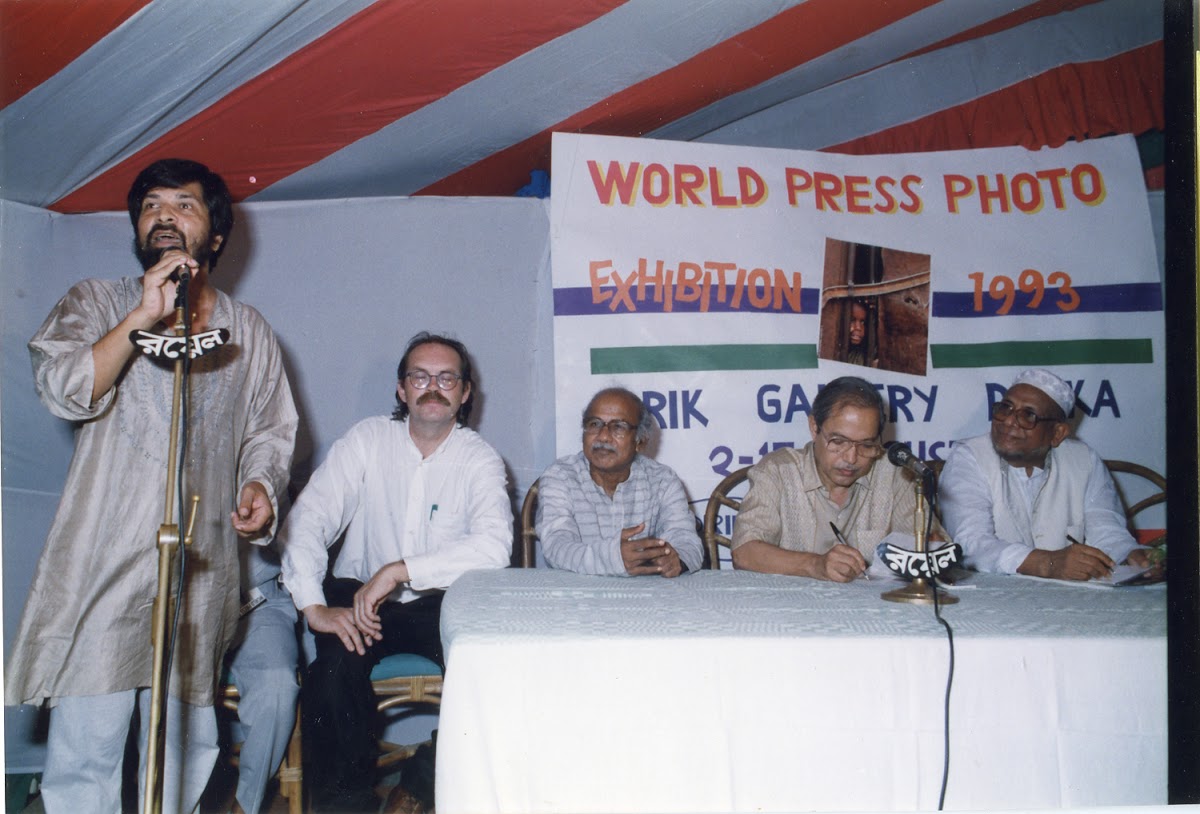
On the night of 5 August, a couple of dozen men turned up at the photographer Shahidul Alam’s house in Dhaka. They dragged him from his apartment, bound and screaming, smashing surveillance cameras on the way out. Alam’s partner, Rahnuma Ahmed, was with a neighbour, so she could not react in time. By the time anyone fully realised what was going on, Alam had been thrown into a white van and driven off into the night’s darkness.
The following is an excerpt from “The Man Who Saw Too Much: Why the Bangladesh government fears Shahidul Alam,” by Kaamil Ahmed, published in The Caravan’s latest issue, alongside Alam’s visual account of Bangladesh’s extrajudicial killings. Subscribe now to read in full. Continue reading “Shifting the Lens”
Didi. The Street Fighter
MAHASWETA DEVI (JANUARY 14, 1926 -?JULY 28, 2016), WRITER AND SOCIAL ACTIVIST
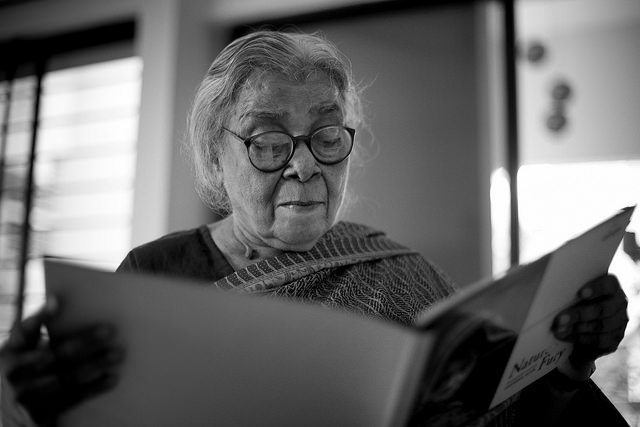
Protocol wasn?t Didi?s thing.?Shoitan! (Satan) she would say lovingly. And then grab you and plonk you on her lap. The fact that both Rahnuma and I were far too old, and I was certainly much too heavy, to be sitting on anyone?s lap wasn?t something she worried much about. She didn?t care much for people?s age, and what other people thought, was something that had never bothered her. If you love someone, they sit on your lap. ?You have a problem with that??
Mahasweta Devi (Didi ? elder sister ? to all of us) had been a giant of a figure in South Asian literature for as far back as I can remember.?Jhansir Rani?(The Queen of Jhansi, 1956), Hajar Churashir Maa (Mother of 1084, 1975) and?Aranyer Adhikar?(The Occupation of the Forest, 1977) her powerful novel about the Santal uprising were what we knew this celebrated writer and activist by. That she was a tease and loved to sing, and didn?t mind the odd practical joke, was a side to her that had remained private. What should have been apparent was the rebel in her; her uncompromising stand for the oppressed, and her clear position as to which side of the fence she belonged. Continue reading “Didi. The Street Fighter”
Photography in Bangladesh: a medium on the move
F?ted internationally, the country?s photographers have struggled for status at home. Could that be about to change?
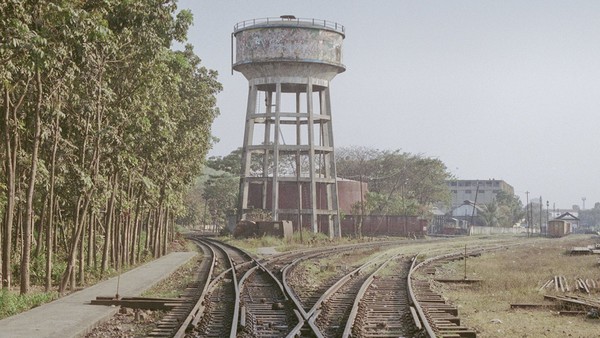
From the series ?Railway Longings? (2011-2015) by Rasel Chowdhury
The eerie moonscape of Munem Wasif?s new photographic series, ?Land of Undefined Territory?, appears empty. On closer inspection, it reveals the scars of industrial activity, from vehicle tracks to stone crushing. The sense of menace and alienation is compounded by a three-channel video with a grating soundtrack.
These digital black-and-white shots were taken along an indefinite border between Bangladesh and India ? disputed land that is now home to unregulated mining but which also soaked up the blood of past upheavals, from the first, temporary partition of Bengal under the viceroy in 1905, to Partition in 1947 and the Liberation war of 1971. Ostensible documentary veers into questioning in Wasif?s deeply unsettling yet distanced probing of history, territory, ownership and exploitation. Continue reading “Photography in Bangladesh: a medium on the move”
As Drik As Possible
The dot matrix Olivetti printer was noisy. The XT computer came without a hard drive: two floppy disks uploaded the operating system. When the electricity went (as it often did), we had to reload it. Our bathroom doubled as our darkroom. A clunky metal cabinet housed our prints, slides, negatives and files. Anisur Rahman and Abu Naser Siddique were our printers; I was photographer, manager, copy editor and part-time janitor. Cheryle Yin-Lo, an Australian who had read about us in a magazine, joined as our librarian. We offered and she happily accepted a local salary. My partner Rahnuma Ahmed often got roped in when we were short-staffed, which was often.
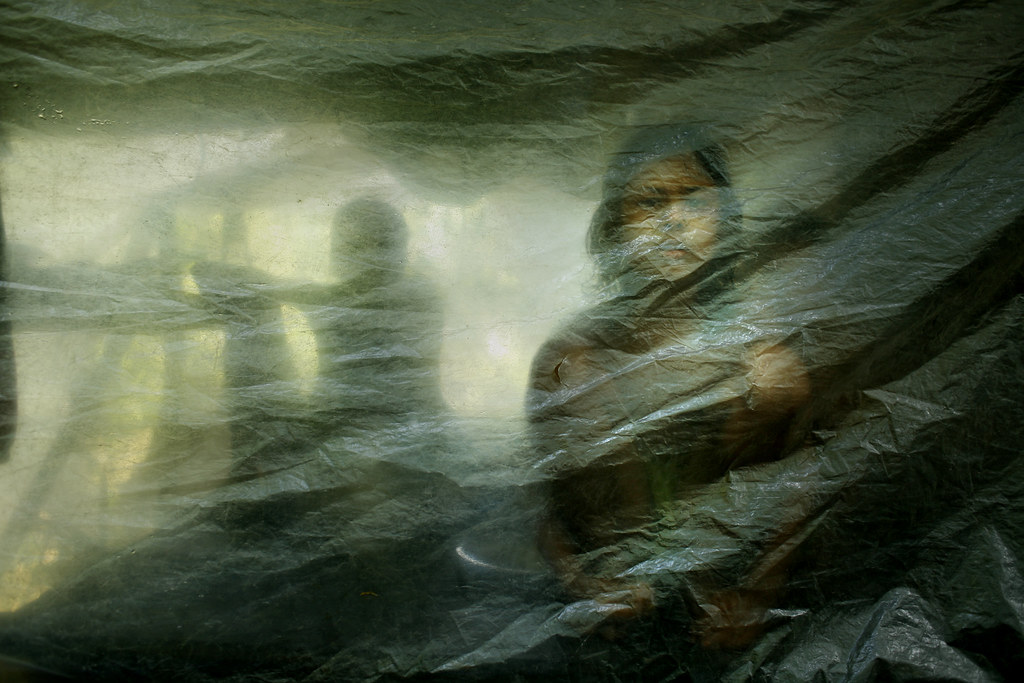
Drik’s 25th Anniversary
The dot matrix Olivetti printer was noisy. The XT computer came without a hard drive: two floppy disks uploaded the operating system. When the electricity went (as it often did), we had to reload it. Our bathroom doubled as our darkroom. A clunky metal cabinet housed our prints, slides, negatives and files. Anisur Rahman and Abu Naser Siddique were our printers; I was photographer, manager, copy editor and part-time janitor. Cheryle Yin-Lo, an Australian who had read about us in a magazine, joined as our librarian. We offered and she happily accepted a local salary.
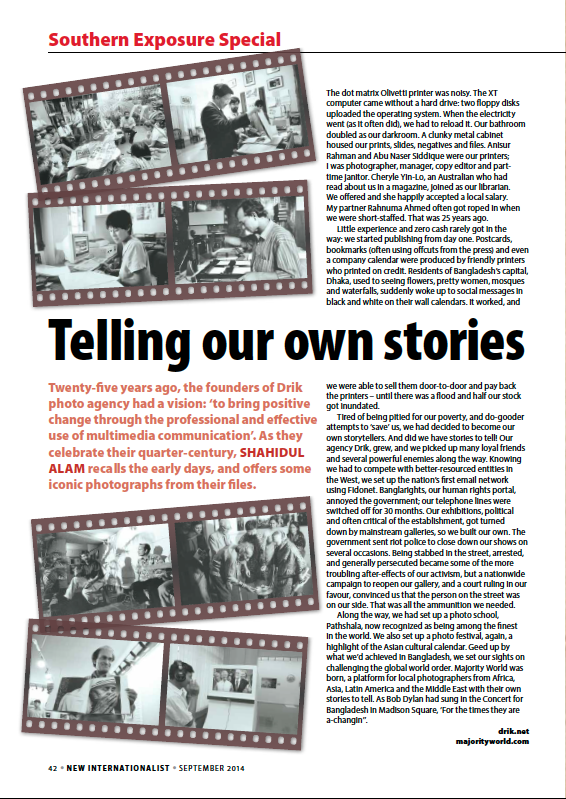
The New Internationalist Magazine in Oxford, has been a long time friend and supporter. This two page spread was put together by them to commemorate Drik’s 25th anniversary. Thanks NI. Continue reading “Drik’s 25th Anniversary”

